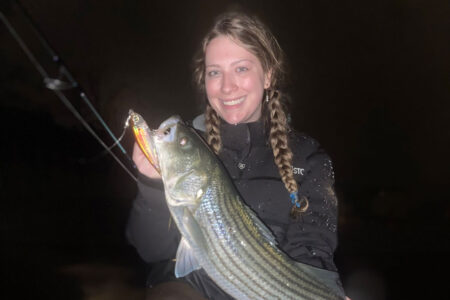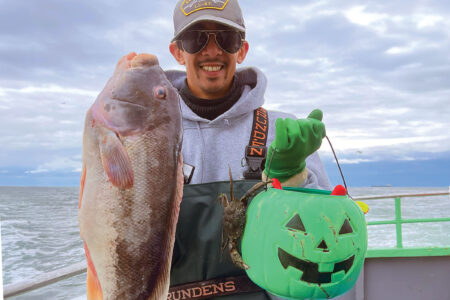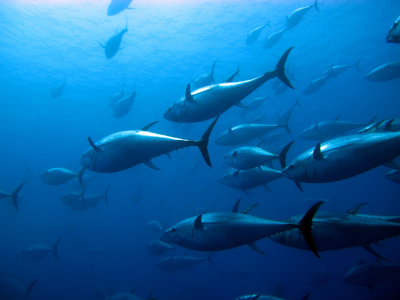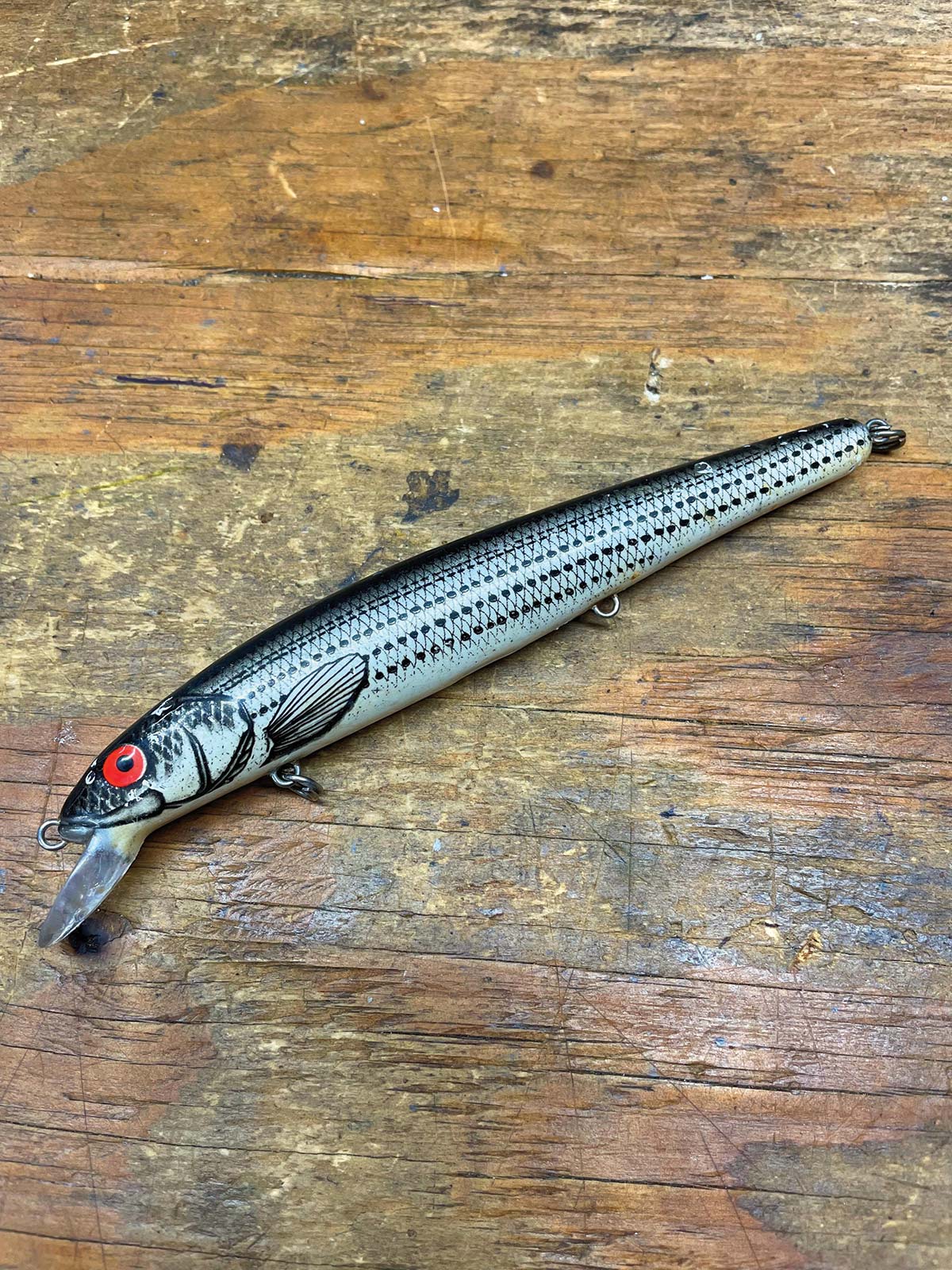
To maintain consistent success, be ready to adjust and adapt.
Many of us have noticed that old seasonal fishing patterns have changed recently, and some surf rats have wondered why; especially during spring and fall runs. It’s easy to attribute these changes to ideas presented in the headlines, and maybe there’s truth to the hype, but typically things are more complicated than that.
The Shark Factor
We’ve all heard about the increased sharks along the beach in the summer. Their presence has affected swimmers and surf fishing patterns in summer. Where once many surf rats threw bunker chunks at night in search of a cow, today sharks have effectively put a damper on that. Some reports offer global warming as the cause. Perhaps it figures into the change. But is that the entire story?
Perhaps we should consider a few other pieces that have affected summer surf fishing patterns. First, we’ve been protecting sharks for several decades and have been rather successful at it, so there are more of them. Second, while protecting sharks, we’ve also been harvesting incredible amounts of fish species from the ocean. Third, we know that many ocean critters eat squid, but our squid management policy allows the commercial harvest of “as much as you can, as fast as you can,” justified by the fact that squid only live two years. Sounds reasonable, but when we consider the importance of squid in the ocean’s food chain, we come to a point where, by reducing the amounts of both squid and other fishes in the open ocean, we’ve effectively created shortages in the ocean’s supermarket. The scarcity, in turn, has affected the behavior of many species of fish, including sharks. Most sharks prefer to feed well off the beach, but a reduced food supply has caused them to travel more in search of food. Adding to the problem has been tighter restrictions on menhaden harvest, and more bunker have drawn more sharks inshore.
Pattern Shifts
Managers are telling us that bluefish stocks are down. Thus, if fewer bluefish exist, other fish will fill the vacuum, creating a change in fish distribution patterns. An increase in sharks at the beaches may be part of the pattern changes. Historically, spring fishing in many places along the coast centered around bluefish rushing inshore after spawning on the edge of the Gulf Stream. Ravenous, they ripped into bunker schools and provided hot fishing for weeks.
Gradually in May, northbound schools of stripers grabbed the interest of beach anglers. But those patterns have changed, and runs of blues are shorter, the fish are smaller on average, and the fishing is less consistent. There’s nothing new here. We’ve witnessed pattern changes before. For example, in the 1990s, striped bass stocks returned with a vengeance after a steep decline in the 1980s. Therefore, many spots that once featured blues suddenly boasted good striper runs. Likewise, huge stocks of weakfish in the 1970s excited anglers to the point where weakfish almost displaced stripers and blues in popularity during the spring runs in many places.
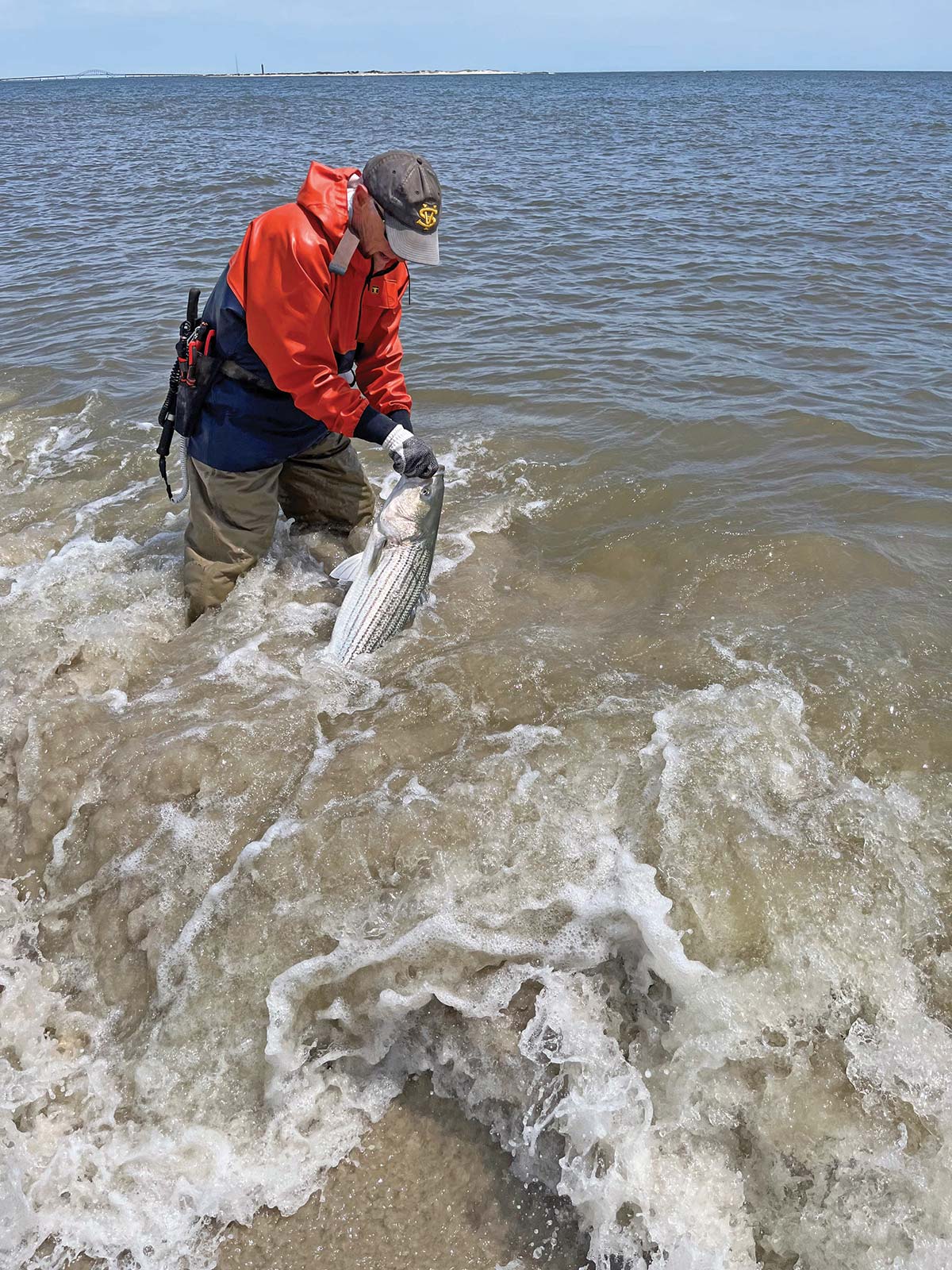
Bait Fuels Fishing
Bait abundance waxes and wanes just as gamefish populations do. In recent years, we’ve noted that sand eels have been declining, and, as we know, sand eel abundance is crucial to springtime fishing and sets the stage for the entire year by holding fish through spring until other baits grow large enough to interest predators. By early July, sand eels retreat to cooler, deeper water, but one and two-inch peanuts still hold the interest of gamefish.
A declining sand eel population destroys the normal pattern, and fish, not finding enough to eat, continue to push north. Global warming? Scientists have reported outright that global warming has nothing to do with the sand eel decline, noting that sand eels have declined everywhere in their range from the mid-Atlantic to the Artic. The sand eel decline affects gamefish and has seriously impacted some sea birds that depend on sand eels, such as puffins.
At one time, bunker schools were pushed hard by huge schools of enormous bluefish. Some dispersed into bays and sounds, but others pushed north, attempting to escape the blues. As a result, they were not as abundant along the ocean beaches in summer.
Cold, Windy Spring Weather
It is also true that spring weather in April and May has been abominable for almost a decade— windy, cold, and stormy. The “new” spring weather pattern of cold and stormy has changed bait distribution, affected fish spawning events, and altered gamefish feeding migration tendencies. Truly, such weather affects humans, but sadly probably affects bait and fish distribution more severely.
Plankton
The “new” spring weather has had a drastic influence on plankton, and since all newly hatched fish eat very small food-plankton, gamefish recruitment has suffered, too. Some species are filter feeders, like bunker, and eat plankton their entire lives, while others shift from one type of plankton to another until they are big enough to eat larger prey. What do spring wind, cold, and storms do to plankton and hence fish spawning success? Plankton are small critters that drift and can’t swim with any power. Normally, great local blooms of plankton occur in late winter or spring when nutrients increase, water temperatures rise, and winds typically become calmer. In good years, these blooms can be seen from space. Relatively calm weather allows the blooms to hold together, and newly hatched fish can therefore feast easily, gaining weight and size quickly. But strong winds disperse the plankton and make it more difficult for the fry to find the food, and they must also spend more energy than usual to find it. The end result is that many fry starve.
Gamefish Spawning
Stormy weather also affects gamefish spawning by keeping water temperatures low and because winds rile up the water and disperse gamefish eggs and fry just as they do plankton. Winds can push both the plankton and fish eggs into less favorable water. Eggs blown into water with unfavorable salinity levels, temperatures, or acidity/alkalinity levels will not develop. The fry from eggs that do develop and hatch may find themselves without a school of brothers and sisters to protect them and become easy marks for even the smallest of fish and squid.
Angling
Changes in bait distribution and abundance, different weather patterns, and varying spawning success among the fish we chase all relate to how we fish. I’ll provide an example using my own experiences. For decades my spring angling routine was dictated by moon phases, abundant sand eels, and steadily warming waters. Before May, I’d chase hold-over stripers, and then when blues flooded inshore, I’d switch to choppers. However, changes in weather patterns, the decline in sand eels, and fewer bluefish have changed all that.
For instance, I haven’t caught a single big bluefish during the fall run in about a decade, but stripers have made a good showing. The spring pattern has also slowly shifted from big blues to stripers. Is it an increase in stripers? Considering that the ASMFC has been more conservative recently in striped bass management, I believe we should look elsewhere for an explanation of the changes. The logical answer is that the bluefish population has declined, opening feeding opportunities along the beaches for stripers without competition from more aggressive blues with sharp teeth.
However, although a shift in dominant species may be regrettable for some anglers, others who disdain blues and prefer stripers may find the shift more to their liking. In addition, since there are more bunker schools along the beaches, bigger food inshore has tended to attract and hold larger migrating striped bass, creating exciting opportunities to catch trophy stripers. The fishing has not generally been of blitz proportions, but quite a few fish large fish have been caught in this pattern. Although I prefer variety in my fishing and miss the early abundance of big spring blues, others do not. So, those who prefer out-sized stripers consider the change an improvement.
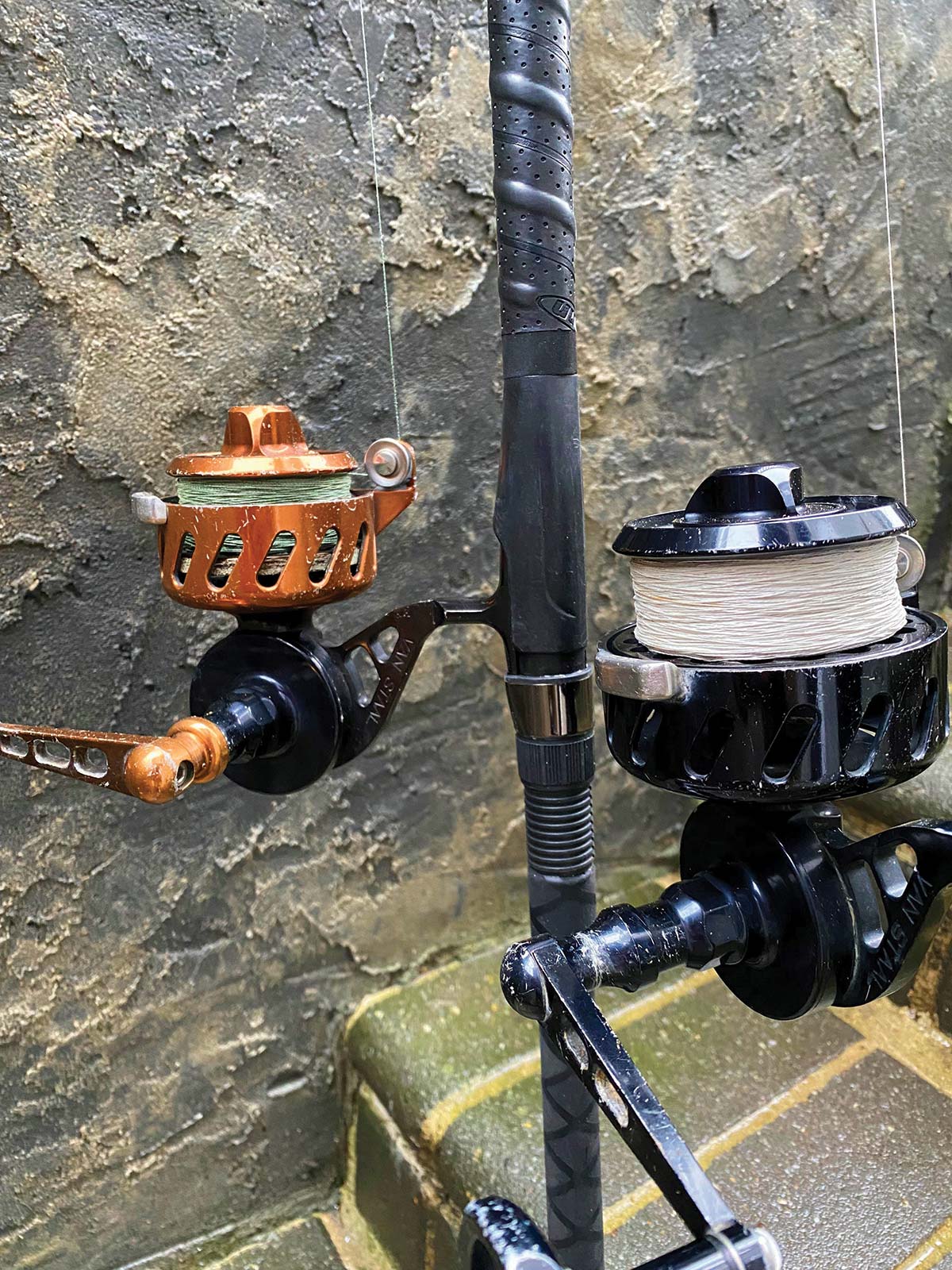
Gear Changes
All of these changes in weather, bait, and gamefish abundance are of little interest to the non-fishing public, but they are crucial to the success of surf anglers. Good fishermen still catch their share of fish, but a shift from one species to another, or perhaps a change in abundance, requires a shift in methodology. True, fish are fish, but each species boasts a different personality, and their habits change as bait type and abundance change. The best surf rats adjust and adapt instead of wringing their hands in frustration. If I may refer to an old saw; better to light a candle than curse the darkness.
Change is, after all, the only constant. The rods, reels, lines, and lures that fill my cabinets and line my basement walls are a testament to the reality that angling changes.
I have many Bomber lures hanging on my wall because in the 1990s, that was “the” lure to catch stripers. There’s also a row of Gibbs Bottle Plugs because huge dominant blues loved them. The fact that these lures are still in packages means fish abundance and bait abundance have changed. The lures still work, and they still catch fish, but they are no longer “the” lures to have in your bag. Today’s surf bags are filled with S.P. Minnows, Hydro Swimmers, and a vast array of cottage industry-produced lures that didn’t exist in the years of the Bomber.
So, I have shifted and will continue to change. Consider that today there are much smaller baitfish than in years past, so I carry smaller lures than I used to. My tackle is lighter too, since I rarely need to throw 3 and 4-ounce lures. My rod has shrunk from 11 feet to 9 feet, my reel from a VS 300 to a VS 200, and the sizes of snaps and swivels have also been reduced.
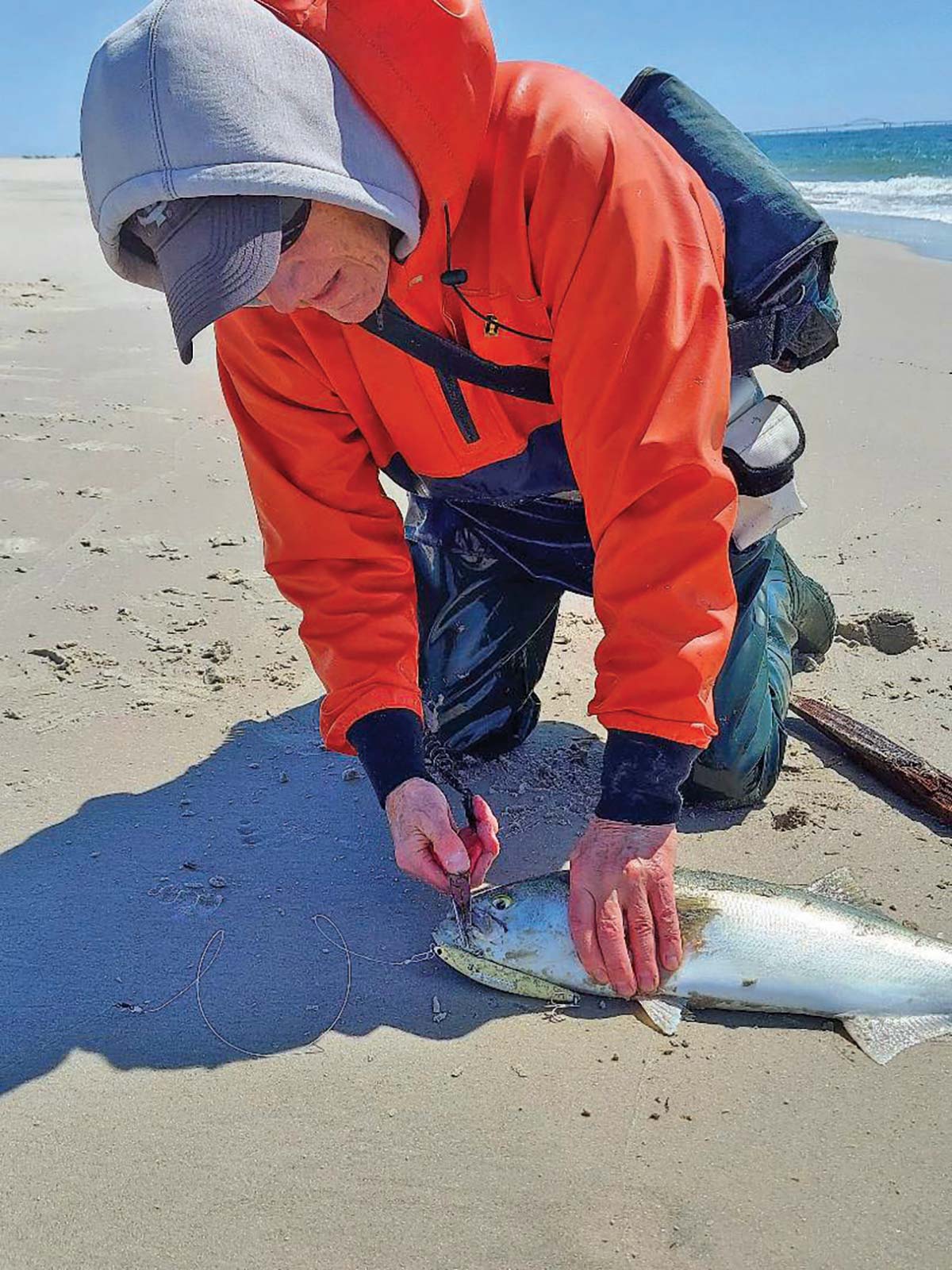
Tactic Changes
With fewer big bluefish around, I find I can’t attack my fishing with bold energy anymore. Most of my outings are about finesse fishing these days. Take one day last fall as an example. It was November, and stripers were feeding on adult and peanut bunker, some sand eels, and some anchovies. There were a bunch of anglers on the beach periodically hooking up with a striper. Most of the fish were lost as the battle raged. I had the same experience. Almost any lure drew a strike, but it wasn’t a blitz, so one might get a hit every ten minutes or so. I deduced from my observations, namely scattered poorly hooked stripers of widely varying sizes, that there were several different bait sizes.
Why did so many fish come buttoned? There seemed to be enough bait and fish to sustain a pick, but not enough to generate an all-out bite. Clearly, the bait and predators were spread out. When gamefish spread out, they tend to feed more deliberately and do not hit lures with the same authority as they do when competing for food. I concluded that most of the fish were lightly hooked and tended to escape once the fight started. As far as I could tell, all anglers caught fish, but all were also frustrated by numerous drops. Although every change I made and every attempt at adapting failed to change the course of events, I eventually solved the problem by moving about down the beach where the water was much shallower. Shallow water actually compressed the bait and fish into less water, increasing competition, and that, in turn, led to more aggressive bites and better hookups.
The moral of the story is that change is coming and always will come. To maintain consistent success, be ready to adjust and adapt. A significant part of that philosophy involves not approaching each season believing it will be like the last but rather being open to new information, ideas, and approaches.
